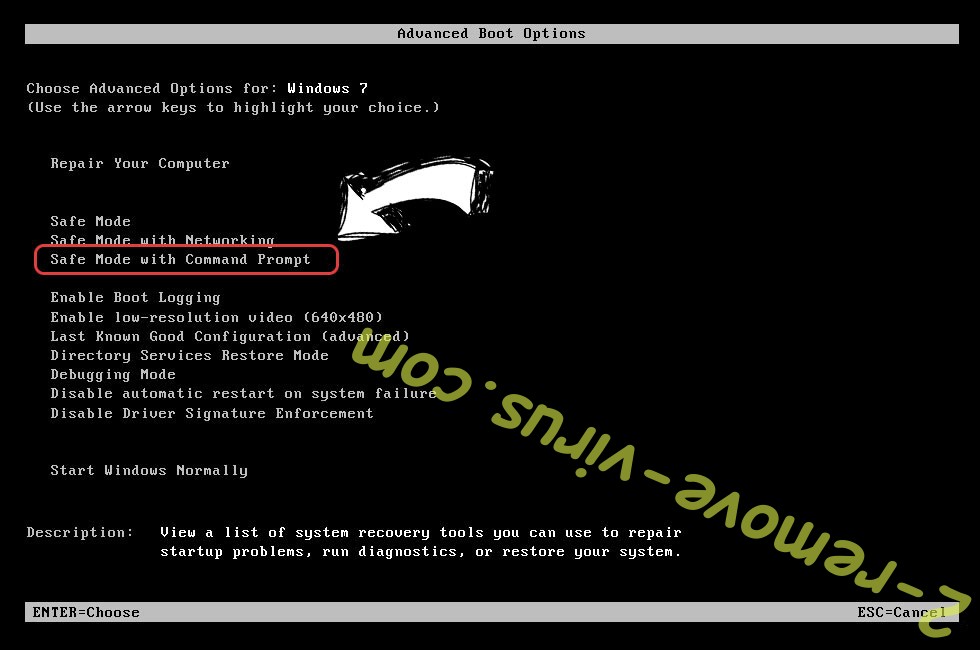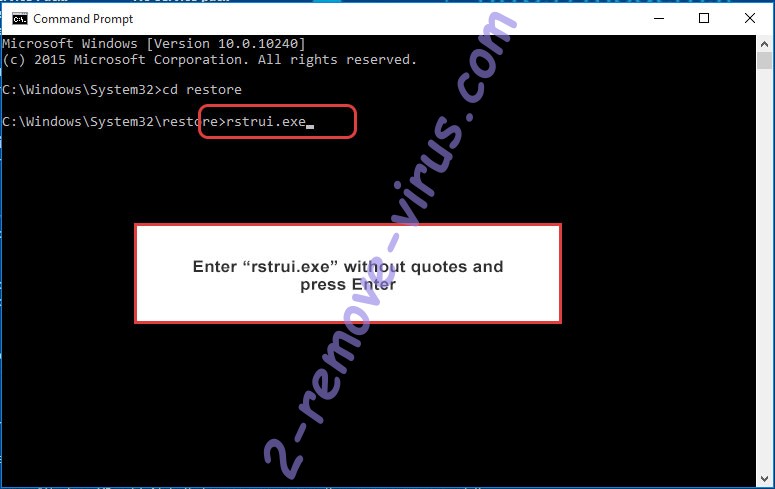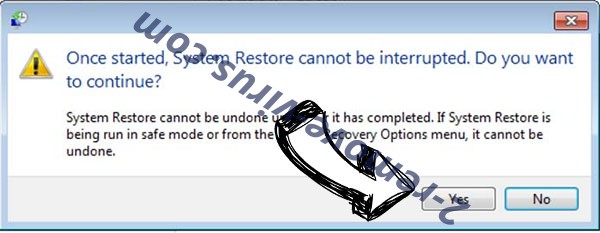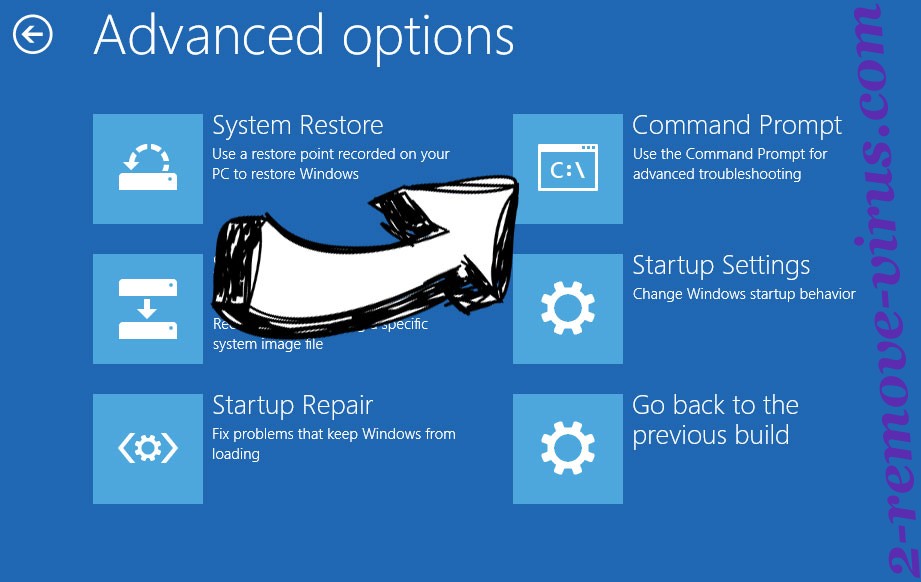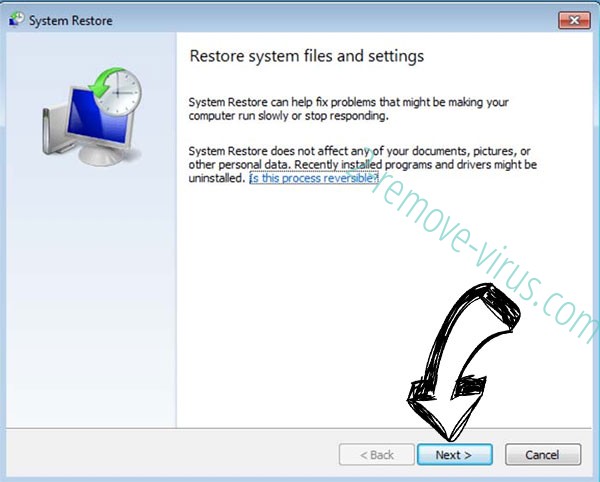Zouu ransomware, or .zouu virus, is malware that encrypts personal files. It’s a version of the notorious Djvu/STOP ransomware. The cybercriminals operating this malware family release new versions on a regular basis, with Zouu ransomware being one of the more recent ones. It encrypts personal files and essentially takes them hostage. You will not be able to open any files with this extension unless you first run them through a decryptor. A free Zouu ransomware decryptor is not currently available and it’s not certain whether it will be released in the future. Thus, the only victims who can currently recover their files for free are those who have backups. And even if victims are willing to pay the ransom for the decryptor, it will not necessarily result in file decryption.
The ransomware versions from the Djvu/STOP ransomware family are mostly similar to one another but they can be differentiated by the extensions they add to encrypted files. This ransomware adds .zouu. An encrypted text.txt file, for instance, would become text.txt.zouu. This extension will be added to the majority of your personal files, mostly photos, videos, and documents. Unfortunately, unless you first run them through a decryptor, you won’t be able to open them once they’ve been decrypted. And obtaining a decryptor won’t be simple given that only the culprits behind this ransomware have it. They will offer it to you for $980 but paying the ransom is risky because you won’t necessarily get a decryptor.
A _readme.txt ransom note will be dropped in every folder containing encrypted files by the ransomware when it has finished encrypting your files. The note is pretty similar to the ones dropped by all ransomware from this family. It has details on the decryptor, primarily where to purchase it. The decryptor is being sold by malware distributors for $980. The note further states that users will receive a 50% discount if they get in touch with the cybercriminals within the first 72 hours. Additionally, victims are allegedly allowed to send 1 file for free decryption as long as it does not include any sensitive information.
Remember that you are dealing with cyber criminals, so you should be wary of any promises they make, even the one about a decryptor being sent to you. Nothing actually prevents them from simply taking the money and not sending anything in return. Unfortunately, people have experienced this in the past. Although we strongly advise against doing so, the choice of paying the ransom is ultimately yours. However, you must be aware of the dangers associated with interacting with cybercriminals.
Having backup copies of your files is one of the best ways to combat ransomware. You won’t have any trouble restoring files if you have a backup. However, before you can access it, you need to fully remove Zouu ransomware. Your backed-up files would also get encrypted if the ransomware was still active when you connected to your backup. And if that were to happen, your files would be permanently lost. Because manual Zouu ransomware removal can result in more damage, we advise using anti-malware software.
Waiting for a free Zouu ransomware decryptor may be your only option if you don’t have any backups of your locked files. There are no guarantees that a free decryptor will be made available, however. Since most of the ransomware in this family encrypts files using online keys, each user has a unique key. It’s doubtful that a free Zouu ransomware decryptor would be released unless those keys are made public. A free Djvu/STOP decryptor is available by Emsisoft, however, it won’t decrypt files encrypted by ransomware that use online keys. If everything else fails, back up the encrypted files and periodically check NoMoreRansom for a decryptor.
Ransomware distribution methods
Users must practice proper online hygiene because malware infections are very easy to get. Users who aren’t cautious run a substantially higher risk of encountering an infection. Poor habits include downloading torrents to pirate copyrighted content, opening unsolicited email attachments, and more. Changing your habits can help protect you from a wide range of malicious infections.
It is well known that downloading torrents is a quick way to get malware. There are many unregulated, risky torrent websites where cybercriminals post a ton of malware. Malware is frequently found in torrents for well-known movies, TV shows, software, video games, etc. It’s incredibly simple for users to become infected if they are unaware of what a malicious torrent looks like. Furthermore, torrenting copyrighted content is essentially theft.
Another common way users get malware is through malicious emails. It requires very little effort for cybercriminals. They buy leaked email addresses from hacker forums, write a semi-convincing text, attach a harmful file, and send it. Users infect their computers by opening the file. Fortunately, once users know what to look for, it’s fairly simple to spot malicious emails. Grammar and spelling mistakes are the most telling symptom. The mistakes are quite obvious because senders frequently claim to be representatives of legitimate businesses. You will rarely find mistakes in legitimate emails because they make the sender look unprofessional.
An email addressing you using words like Member, User, Customer, etc., when the sender should know your name is another sign of a malicious email. Users will always be addressed by name in emails they receive from businesses whose services they use. If not, it would appear unprofessional.
Rarely, malicious emails may be more sophisticated, especially if they are directed at a specific individual. As a result, it is advised to always check any unsolicited email attachments with VirusTotal or anti-virus software before opening them.
How to remove Zouu ransomware
It is not advised to try to manually remove Zouu ransomware because it is a highly sophisticated malware infection. You can unintentionally do more harm or not completely remove it. When you connect to your backup, if the ransomware is still active, your backed-up files will also be encrypted. Therefore, to remove Zouu ransomware, we highly advise using anti-malware software. You can safely connect to your backup once the ransomware has been removed.
Quick Menu
Step 1. Delete Zouu ransomware using Safe Mode with Networking.
Remove Zouu ransomware from Windows 7/Windows Vista/Windows XP
- Click on Start and select Shutdown.
- Choose Restart and click OK.

- Start tapping F8 when your PC starts loading.
- Under Advanced Boot Options, choose Safe Mode with Networking.

- Open your browser and download the anti-malware utility.
- Use the utility to remove Zouu ransomware
Remove Zouu ransomware from Windows 8/Windows 10
- On the Windows login screen, press the Power button.
- Tap and hold Shift and select Restart.

- Go to Troubleshoot → Advanced options → Start Settings.
- Choose Enable Safe Mode or Safe Mode with Networking under Startup Settings.

- Click Restart.
- Open your web browser and download the malware remover.
- Use the software to delete Zouu ransomware
Step 2. Restore Your Files using System Restore
Delete Zouu ransomware from Windows 7/Windows Vista/Windows XP
- Click Start and choose Shutdown.
- Select Restart and OK

- When your PC starts loading, press F8 repeatedly to open Advanced Boot Options
- Choose Command Prompt from the list.

- Type in cd restore and tap Enter.

- Type in rstrui.exe and press Enter.

- Click Next in the new window and select the restore point prior to the infection.

- Click Next again and click Yes to begin the system restore.

Delete Zouu ransomware from Windows 8/Windows 10
- Click the Power button on the Windows login screen.
- Press and hold Shift and click Restart.

- Choose Troubleshoot and go to Advanced options.
- Select Command Prompt and click Restart.

- In Command Prompt, input cd restore and tap Enter.

- Type in rstrui.exe and tap Enter again.

- Click Next in the new System Restore window.

- Choose the restore point prior to the infection.

- Click Next and then click Yes to restore your system.

Offers
Download Removal Toolto scan for Zouu ransomwareUse our recommended removal tool to scan for Zouu ransomware. Trial version of provides detection of computer threats like Zouu ransomware and assists in its removal for FREE. You can delete detected registry entries, files and processes yourself or purchase a full version.
More information about SpyWarrior and Uninstall Instructions. Please review SpyWarrior EULA and Privacy Policy. SpyWarrior scanner is free. If it detects a malware, purchase its full version to remove it.

WiperSoft Review Details WiperSoft (www.wipersoft.com) is a security tool that provides real-time security from potential threats. Nowadays, many users tend to download free software from the Intern ...
Download|more


Is MacKeeper a virus? MacKeeper is not a virus, nor is it a scam. While there are various opinions about the program on the Internet, a lot of the people who so notoriously hate the program have neve ...
Download|more


While the creators of MalwareBytes anti-malware have not been in this business for long time, they make up for it with their enthusiastic approach. Statistic from such websites like CNET shows that th ...
Download|more
Site Disclaimer
2-remove-virus.com is not sponsored, owned, affiliated, or linked to malware developers or distributors that are referenced in this article. The article does not promote or endorse any type of malware. We aim at providing useful information that will help computer users to detect and eliminate the unwanted malicious programs from their computers. This can be done manually by following the instructions presented in the article or automatically by implementing the suggested anti-malware tools.
The article is only meant to be used for educational purposes. If you follow the instructions given in the article, you agree to be contracted by the disclaimer. We do not guarantee that the artcile will present you with a solution that removes the malign threats completely. Malware changes constantly, which is why, in some cases, it may be difficult to clean the computer fully by using only the manual removal instructions.






